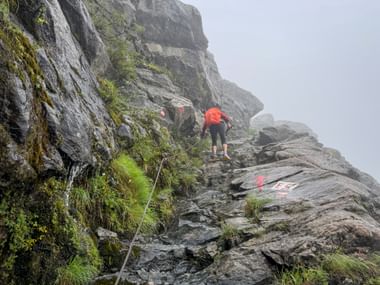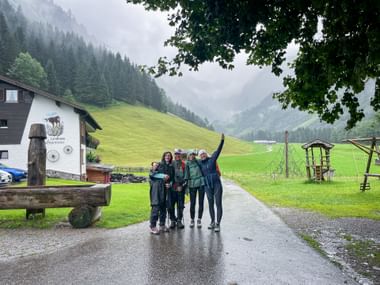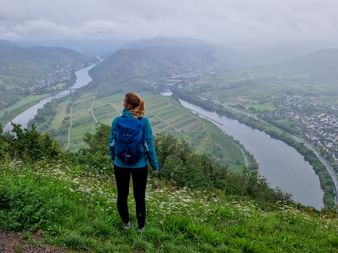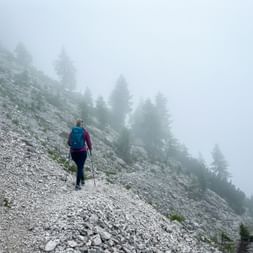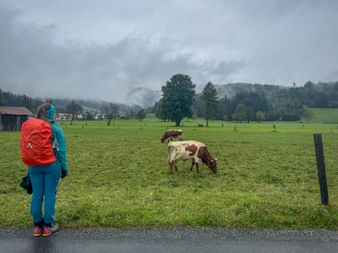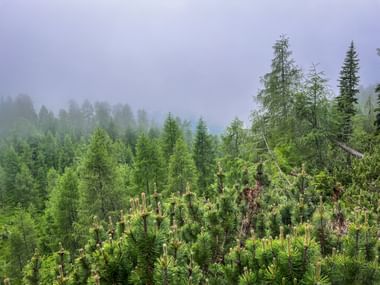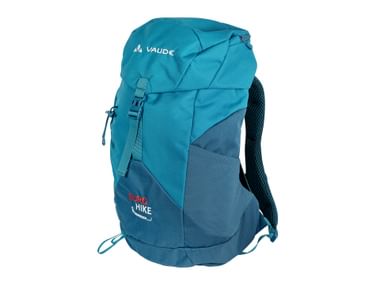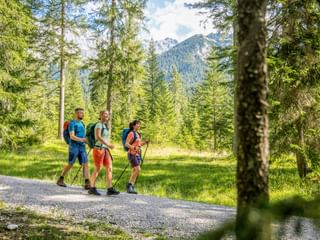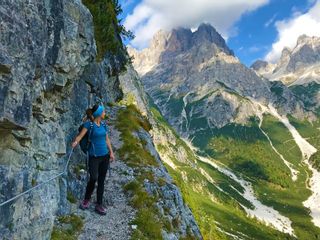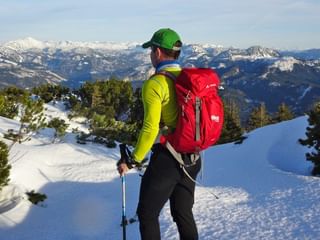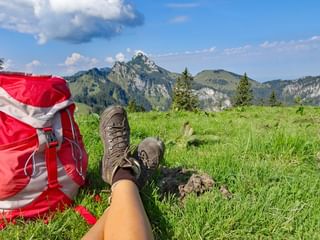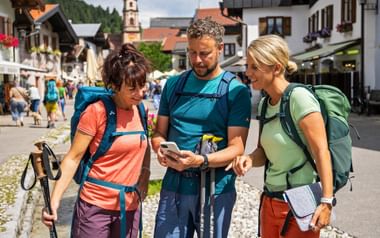April Showers on Your Hiking Tour?
Many only lace up their hiking boots when the sun is shining, and the sky is blue. But Eurohike Walking Holidays can be just as rewarding and atmospheric in the rain and fog. True to the saying, "There's no such thing as bad weather, only bad gear," we have a few tips to help you make the most of your vacation. With the right mindset, proper equipment, and good preparation, you'll reach your goal no matter the weather!
The best approach is to go slow and take your time. Time to look, smell, listen, and feel. Rainy weather doesn’t just look different; it smells different too. It has the scent of moss, damp wood, or mushrooms. You also get the sound of raindrops, the play of wind through the forest leaves, or the sensation of hailstones prickling your face.
Those who can find peace and take a moment to pause will truly experience how atmospheric and beautiful even the harshest weather can be. Serene, reflective, sensory, and lasting.



